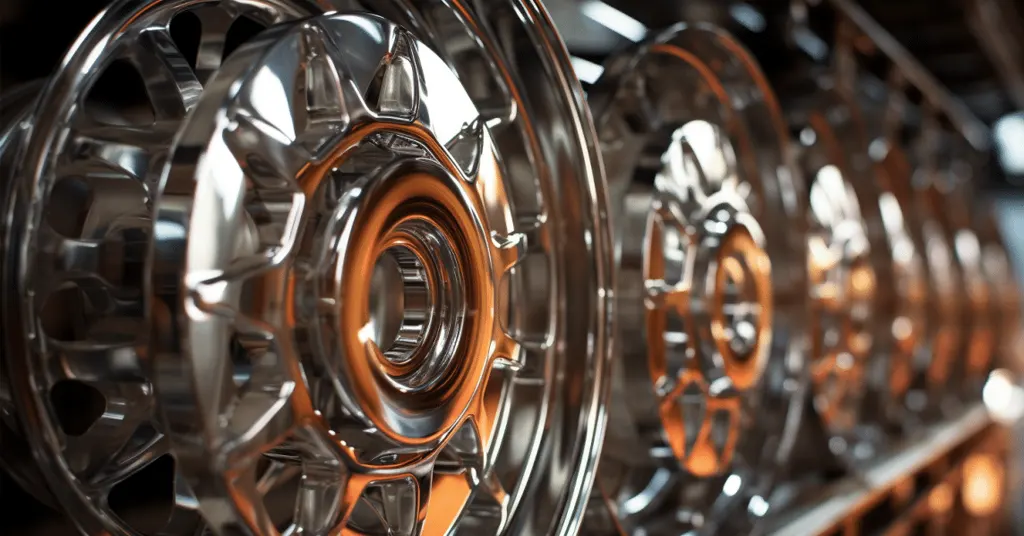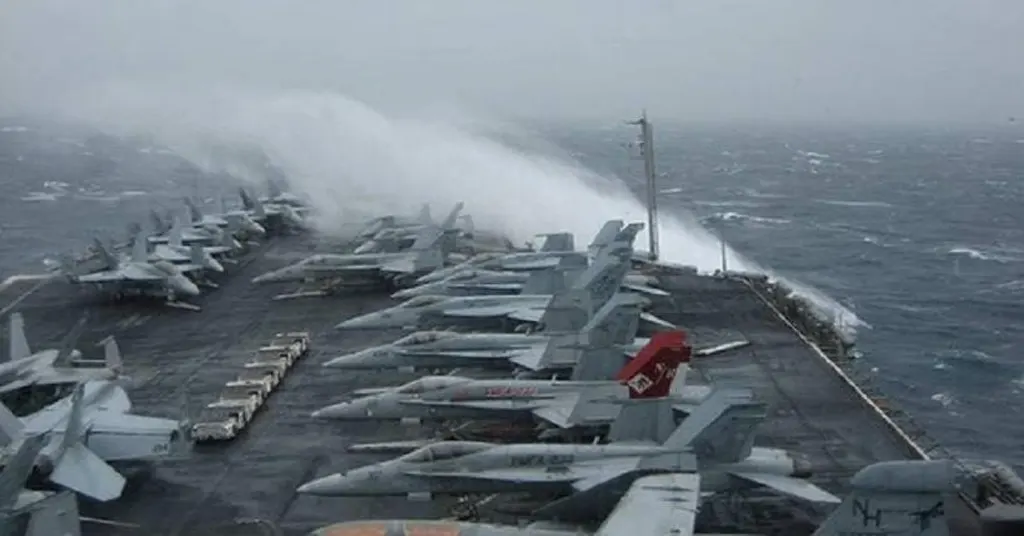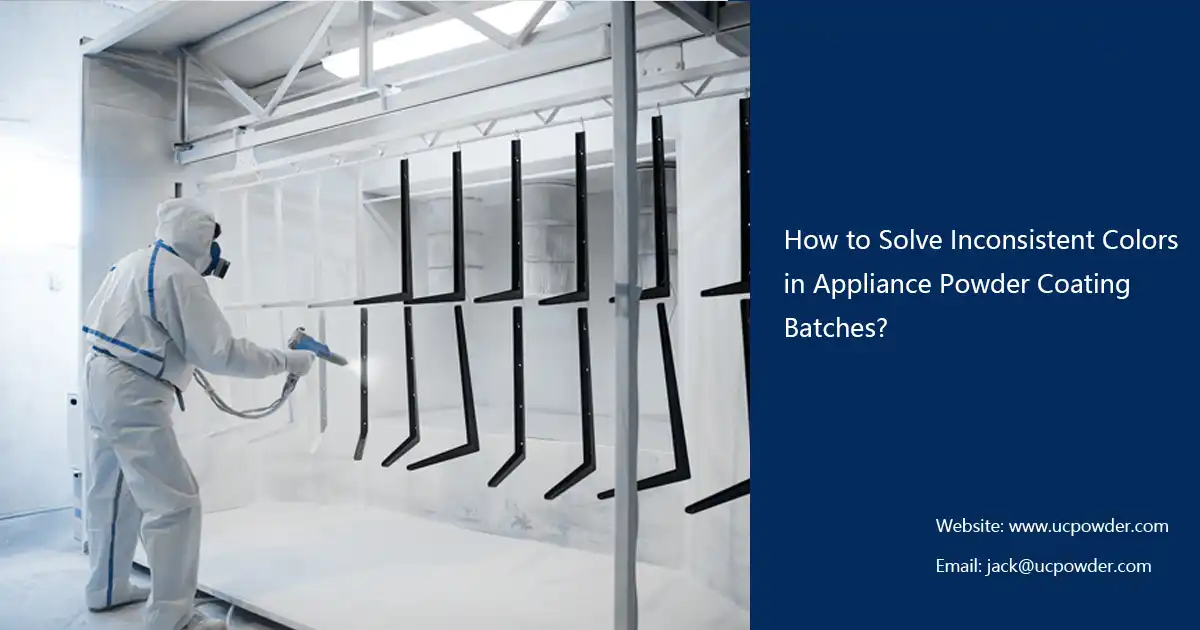Fine-Tuning Powder Coating Gun: Key Settings Unveiled
Do you know how to adjust your powder coating gun to get the best powder coating results? It is critical to understand voltage settings, airflow complexities, powder flow control, gun-to-work distance, and spray pattern adjustments. In this article, we will reveal to you the working principle of the powder spray gun and the impact of the above adjustment items on the final powder spraying effect, so that you have enough ability to deal with various problems when facing complex and changeable powder spraying situations.
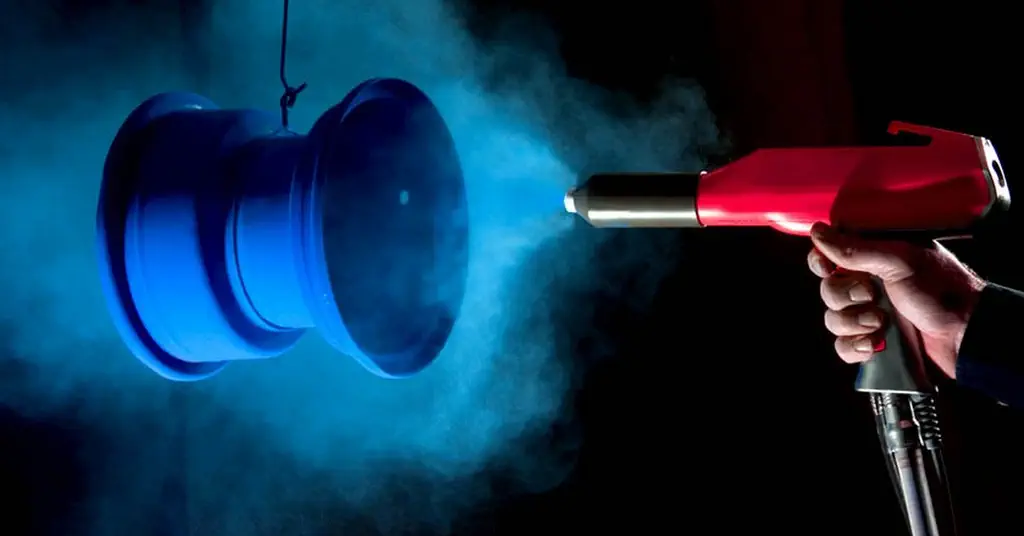
1. Voltage Settings: Mastering Precision for Optimal Powder Coating
The first step in powder coating manufacturing is raw material preparation, which is the basis of the entire powder coating manufacturing process. The preparation process of raw materials includes the following detailed steps.
a. Detailed Explanation of Voltage Settings:
In the realm of powder coating, voltage settings wield significant influence over the outcome of your finishing endeavors. Voltage, essentially the electrical charge applied to the powder coating gun, dictates the efficiency of powder transfer onto the workpiece. Understanding this parameter is crucial for achieving consistent, high-quality results.
Voltage settings determine the electrostatic charge that propels powder particles towards the workpiece. A higher voltage intensifies the electrostatic force, promoting better adhesion and coverage. Conversely, lower voltage reduces the force, affecting the overall coating quality. Therefore, comprehending the nuanced intricacies of voltage settings is paramount for precision in your powder coating process.
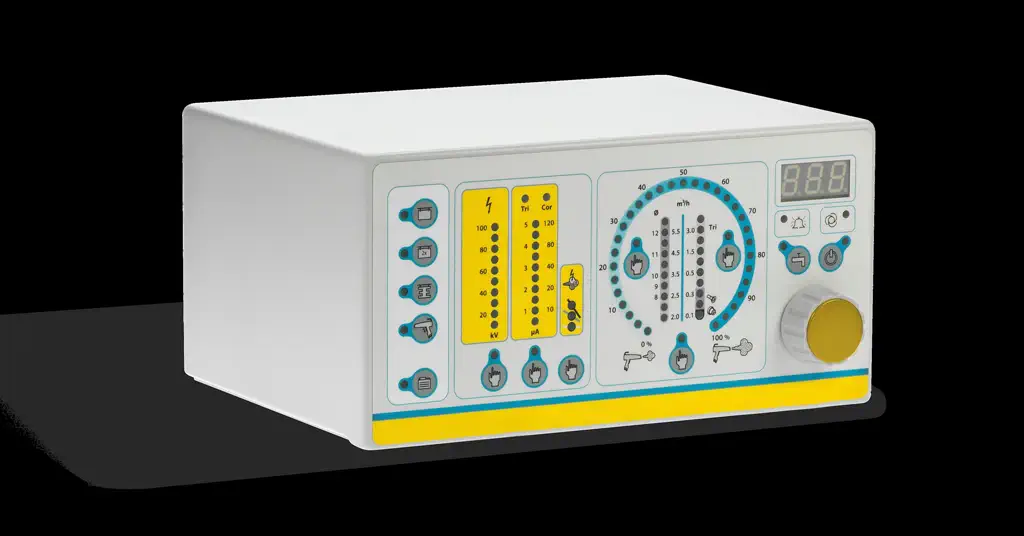
b. Effect of Voltage on Powder Transfer Efficiency
The relationship between voltage and powder transfer efficiency is pivotal. A carefully calibrated voltage setting ensures optimal powder transfer, minimizing waste and maximizing coverage. Higher voltage enhances the electrostatic attraction, resulting in improved wrap-around and penetration of complex geometries. On the contrary, excessive voltage may lead to issues like back-ionization, compromising the finish.
Understanding the delicate balance between voltage and transfer efficiency empowers you to achieve the desired coating thickness with minimal overspray. This not only optimizes material usage but also contributes to a more sustainable and cost-effective powder coating operation.
2. Airflow Settings
a. Description of Airflow Settings:
Airflow settings directly affect the volume and velocity of air supplied to the powder coating gun. Airflow settings encompass the regulation of both primary and secondary air. The primary air stream propels powder particles towards the workpiece, while the secondary air aids in the dispersion and control of the powder cloud. Balancing these elements ensures a harmonious interplay, optimizing the coating process for superior results.
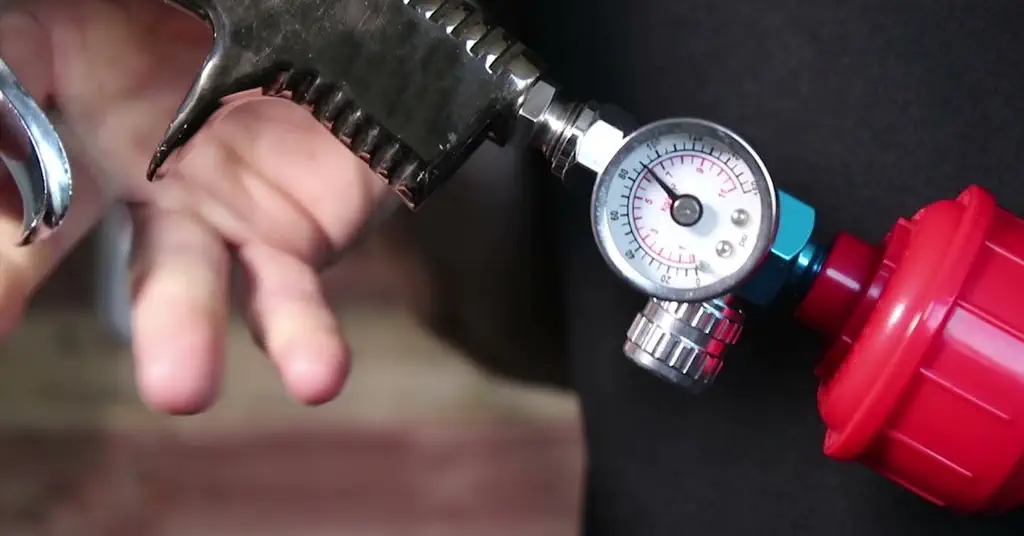
b. Influence of Airflow on Powder Application
The influence of airflow on powder application is profound and multifaceted. The volume and velocity of air directly impact the dispersion, pattern, and wrap-around of powder particles. An adept manipulation of airflow can enhance transfer efficiency, reduce overspray, and contribute to a more uniform coating thickness.
Insufficient airflow may lead to uneven powder distribution and incomplete coverage, while excessive airflow can cause powder bounce-back and unnecessary waste. Striking the right balance is critical for achieving optimal adhesion and ensuring a flawless finish.
3. Powder Flow Control
a. Importance of Powder Flow Control
In the realm of powder coating, precision is paramount, and the linchpin to this precision lies in mastering powder flow control. This pivotal aspect governs the rate at which powder is released from the gun, directly influencing coating thickness, uniformity, and overall quality.
Powder flow control is not merely a technical detail; it’s the cornerstone of efficient material usage and cost-effectiveness. By attaining mastery over powder flow, you not only ensure a consistent finish but also optimize your resources, contributing to sustainability in powder coating operations.
b. How to Set the Correct Powder Flow Rate
Setting the correct powder flow rate is an art, combining technical expertise with practical finesse. Begin by understanding the powder manufacturer’s recommendations for application thickness. Factor in the intricacies of your workpiece, such as its geometry and conductivity, as these elements profoundly influence the ideal flow rate.
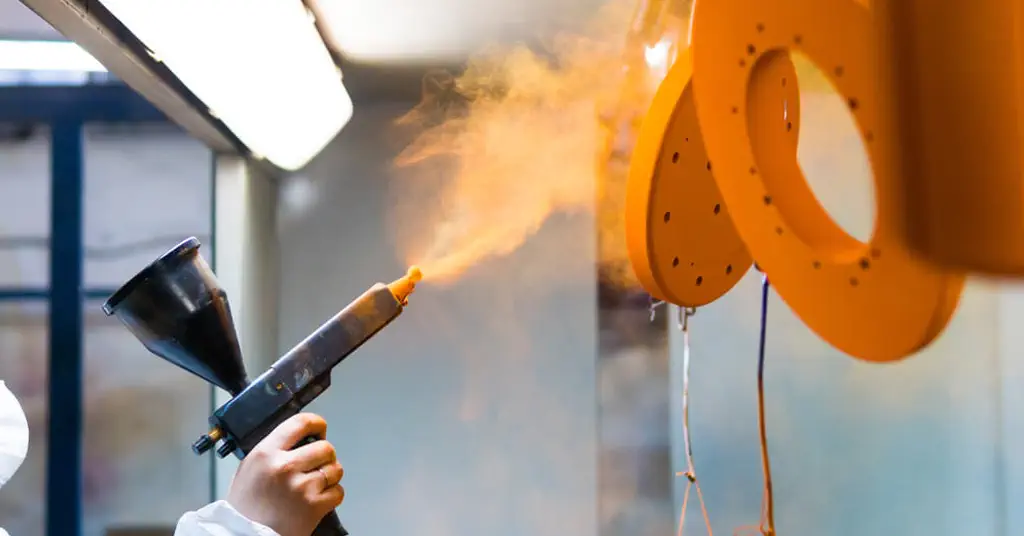
Conduct small-scale tests to fine-tune the flow rate settings. Monitor the coating thickness, adjusting the powder flow as needed to achieve the desired results. Regular calibration and adaptation to specific project requirements are key to maintaining an optimal powder flow rate.
c. Troubleshooting Powder Flow Issues
Even with meticulous planning, powder flow issues may arise during application. Effective troubleshooting requires a systematic approach. Examine the powder for any clumping or inconsistencies that may affect flow. Check the equipment for potential blockages or irregularities in the powder feed system.
Adjusting the air pressure, gun-to-workpiece distance, or evaluating the condition of the powder itself are potential solutions. Regular equipment maintenance and adherence to recommended cleaning schedules can prevent many common powder flow issues. By proactively addressing these challenges, you ensure a seamless and efficient powder coating process.
4. Spray Pattern Adjustments
a. Overview of Spray Pattern Adjustments
Spray pattern adjustments involve manipulating the dispersion of powder particles from the gun, impacting coverage, adhesion, and the overall aesthetic of the finished product. Spray pattern adjustments encapsulate the modification of the powder cloud’s shape and density during application. This dynamic process allows for tailored adaptations, ensuring optimal performance across various workpiece geometries and coating requirements.
b. Achieving Uniform Coating with Spray Pattern Control
At the heart of spray pattern adjustments lies the pursuit of uniform coating—a hallmark of professional powder coating. By strategically controlling the spray pattern, you dictate the evenness and consistency of powder distribution. This level of precision is instrumental in avoiding over-application, under-application, and the subsequent need for rework.
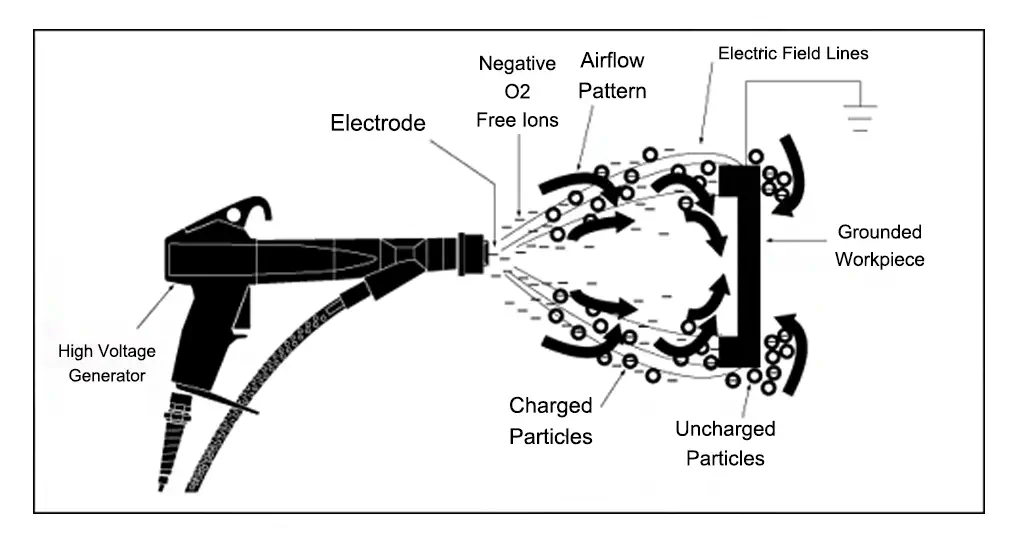
Techniques such as adjusting the fan width and altering the powder feed rate contribute to achieving a uniform spray pattern. Rigorous testing and continuous monitoring during application allow you to refine these adjustments, ensuring a flawless finish that meets the highest industry standards.
c. Addressing Common Spray Pattern Challenges
Despite meticulous planning, common challenges may arise during spray pattern adjustments. Recognizing and effectively addressing these issues is essential for maintaining efficiency and quality. Challenges such as uneven spray patterns, orange peel effects, or excessive overspray require targeted solutions.
Troubleshooting involves a systematic approach, ranging from equipment inspection to evaluating powder characteristics. Adjusting the gun settings, modifying air pressure, or fine-tuning the powder flow rate can resolve many common spray pattern challenges. Proactive identification and resolution of these issues contribute to a seamless and efficient powder coating process.
5. Safety Considerations
a. Safety Precautions When Adjusting Gun Settings
When adjusting gun settings, start by powering down the equipment to prevent accidental discharges. Wear appropriate personal protective equipment (PPE), including safety glasses, gloves, and a dust mask. Ensure adequate ventilation in the workspace to minimize exposure to airborne particles.
Regular equipment maintenance is key to preventing malfunctions that could compromise safety. Inspect hoses, nozzles, and connectors for wear or damage, and promptly replace any compromised components. Familiarize yourself with emergency shutdown procedures to swiftly respond to unforeseen circumstances.
b. Protecting Yourself and the Work Environment
Beyond gun settings, comprehensive safety extends to safeguarding yourself and the work environment. Prioritize proper ventilation systems to control airborne particles, reducing the risk of inhalation. Implement a designated area for powder coating, isolated from other operations, to minimize cross-contamination and protect nearby personnel.
Establish a routine cleaning schedule to prevent the accumulation of powder residue, minimizing the risk of combustible dust hazards. Store powders in designated areas, adhering to manufacturer guidelines for temperature and humidity. Employ proper grounding techniques to mitigate electrostatic discharge risks.
In the intricate world of powder coating, achieving a flawless finish demands mastery of key settings in your powder coating gun. We began by unraveling the significance of voltage settings, understanding how this parameter influences powder transfer efficiency. Precision in airflow settings emerged as a silent yet powerful orchestrator, governing the volume and velocity of air supplied to the gun. Powder flow control proved indispensable, influencing material usage and cost-effectiveness. The often-overlooked gun-to-workpiece distance played a pivotal role, determining adhesion and coverage. Delving into spray pattern adjustments uncovered the art of achieving uniform coatings, while safety considerations highlighted the importance of protecting both the operator and the work environment.
Have Anything To Ask Us?

